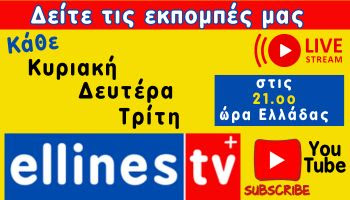Swiss digital asset trading network expands
A blockchain-inspired trading infrastructure, which links banks, companies and investors to cryptocurrencies and a new breed of digital securities, is nearing fruition in Switzerland.
On Monday,
the Swiss financial regulator gave the green light for the TDX Digital eXchange
by awarding a securities house licence to technology company Taurus.
The Geneva-based
fintech says it will launch its platform on May 10. Arab Bank Switzerland,
Hypothekarbank Lenzburg, FlowBank and SEBA are the first to join the network.
This year,
Switzerland reformed its legislation to incorporate digital-only assets into
its legal framework. This has allowed firms like Taurus to launch platforms
that provide the technology that underpin this new form of trading.
Blockchain,
and other distributed ledger technology (DLT) systems, promise a faster, more
cost-effective way of trading securities. Taurus says this will open the doors
to smaller companies raising capital and for the creation of a range of newly
tradeable assets. “It should be as easy to buy and transfer private asset
securities as it is to buy a book on Amazon,” Taurus co-founder Lamine Brahimi
told SWI swissinfo.ch.
Taurus’s
TDX platform is wired up to process smart contracts on the Ethereum and Tezos blockchains.
Smart contracts are coded instructions that automate processes that are
performed manually with the trading of traditional securities.
Other competitors
The news
follows the launch last year of the SygnEx trading platform by Sygnum bank. The
operator of the Swiss stock exchange, SIX Group, is awaiting approval for its
anticipated SDX Digital Exchange. Other blockchain companies, including Lykke,
also have ambitions of adding their own trading venues. This includes
technology firm Forctis, which is hoping to launch its be.fluid platform in the
coming weeks.
A range of
other countries, from Germany, Thailand, Japan, Singapore and the United
States, are also building - or have introduced - digital assets trading venues.
TDX, which
describes itself as a digital asset marketplace, is not classified as a stock
exchange and will not compete directly with SIX Group’s SDX exchange. But such
“organised trading facilities” still promise to create a more diverse network
than the traditional trading system currently dominated by SIX.
“Mass
trading of securities is now possible, independently of any custodians and
central depositories of securities,” said Taurus in a statement. “There are
nearly 27 million companies in Europe out of which only 10,000 (0.04%) are
listed on stock exchanges. Provided they pass the required due-diligence
process, private asset issuers will be able to admit securities for trading and
unlock liquidity for existing and prospective investors.”
Stablecoin options
In addition
to company shares, other digital assets, such as real estate, art and luxury
goods could be turned into digital assets on the platform. But despite the
promise of unlocking financial services for smaller players and reducing fees,
the digital assets sector has yet to deliver at scale as it waited for
regulators and the trading infrastructure to play catch-up.
Unlike
Sygnum’s SygnEx platform, TDX has no plans to issue its own digital currency -
or “stablecoin” - to perform instant payments on trades. Brahimi said TDX could
incorporate other stablecoins, such as that being developed by the Geneva-based
Diem Association (formerly known as Libra).
The company
said it also plans to expand its operations into Europe and Asia.
Source:
economy research
















